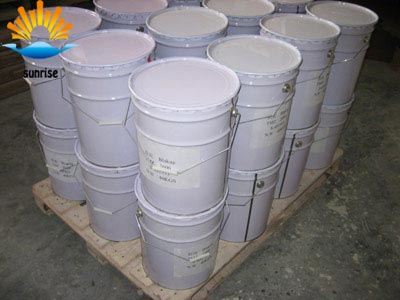Research refractory erosion mechanism
2018-03-05
Refractories are the basic material in industrial materials. Refractory materials are diverse, acidic, alkaline. Solid phase reaction, liquid phase reaction and solid-liquid phase reaction occur between these raw materials during the manufacturing process. Refractory material is essentially a heterogeneous body, not only the solid phase but also the liquid phase and the gas phase. The chemical composition of each phase is also vastly different. Determination of various properties of firebricks, is to understand its characteristics to meet a variety of different needs.
So to fully grasp the characteristics of a certain kind of refractory material to be measured its various properties. This is a very complicated job. The use of classical analytical chemistry method to determine the chemical composition of refractory materials, only to measure the average composition. The chemical composition of each phase, only through x-ray microanalysis to figure out. For its crystalline phase composition, the use of polarized light microscopy or scanning electron microscope for phase analysis. Refractory physical properties usually include strength, specific gravity, bulk density, porosity, permeability, electrical insulation and other projects. Refractory thermal properties are mainly refractory, thermal expansion coefficient, load softening point, thermal conductivity, thermal shock resistance and so on. The physical significance of these methods of measuring the physical properties is beyond the scope of this book. These properties are cited here simply to illustrate the need to understand the full extent of a refractory castable and to have a thorough understanding of the nature of the material.
Refractory materials are used in different locations in the glass pool furnace and are therefore subject to different erosion conditions. Can be roughly divided into: glass and liquid contact refractory materials, the upper space with refractory materials and heat exchange chamber refractory three categories. Glass tank furnace refractory requirements are:
1. There is no pollution or minimal pollution to the glass.
2. In the use of temperature and glass liquid metamorphic reaction occurs minimal, and no deformation.
3. No adverse effects on other adjacent refractory materials.
4. Low air permeability and low heat loss.
5. Low price.
In fact, no refractory material can fully meet the above requirements. Therefore, according to different parts of the furnace furnace refractory specific working conditions, use different types of refractory materials. The choice of refractory materials should also take into account the balance of the entire pool stove. That is to say, after one cycle is used, the degree of refractory damage in each main part is similar. It must not blindly adopt advanced refractories and cause waste.
Glass pool furnace long life cycle, product quality requirements, so the choice of refractory is very important. As long as the mastery of the nature and characteristics of various refractories, clarify the work of various parts of the pool furnace, studied the mechanism of erosion of refractory material, you can correctly use the refractory glass pot furnace castables.
